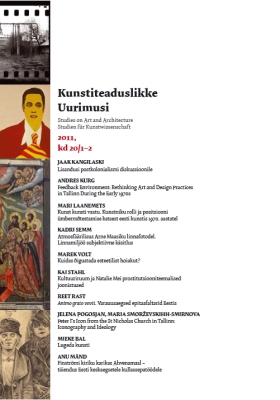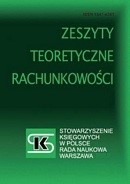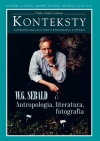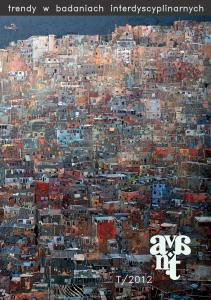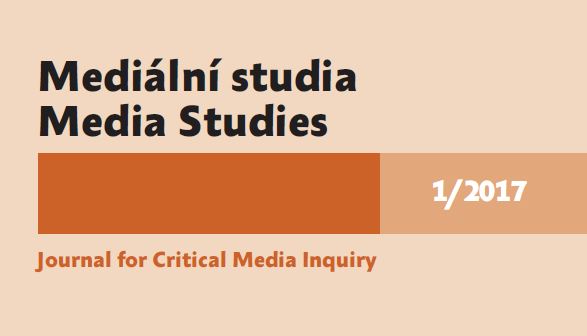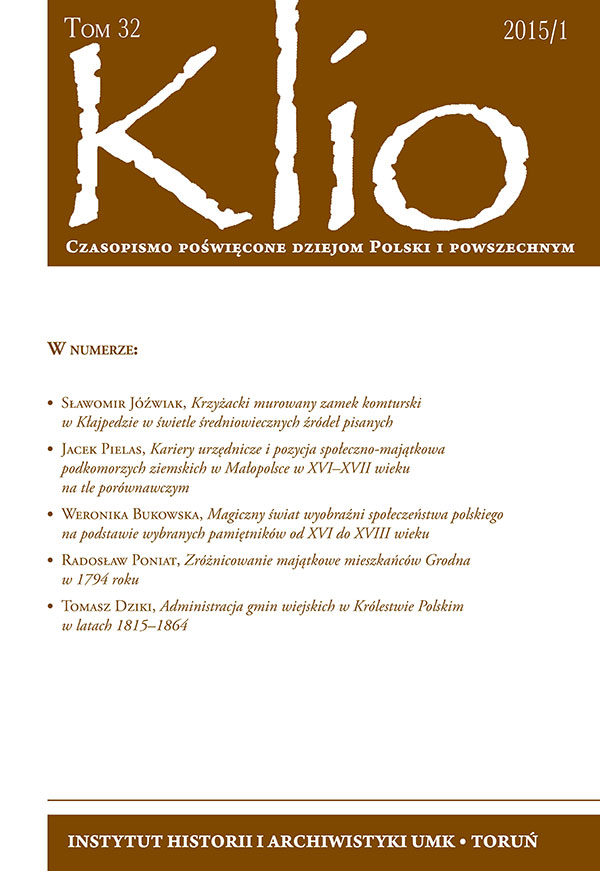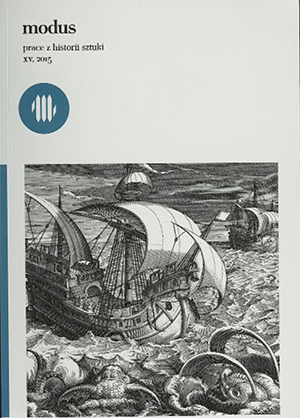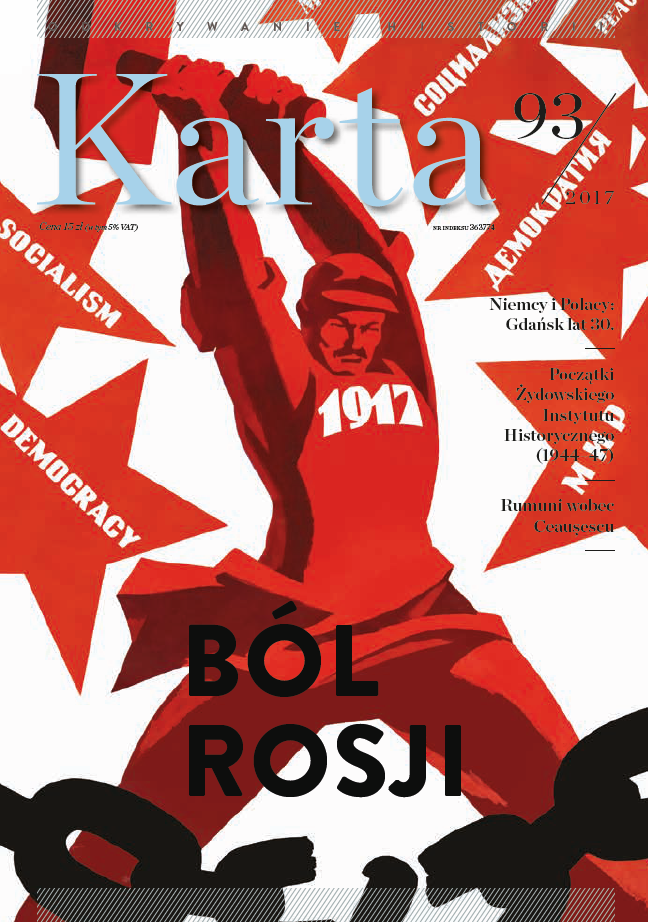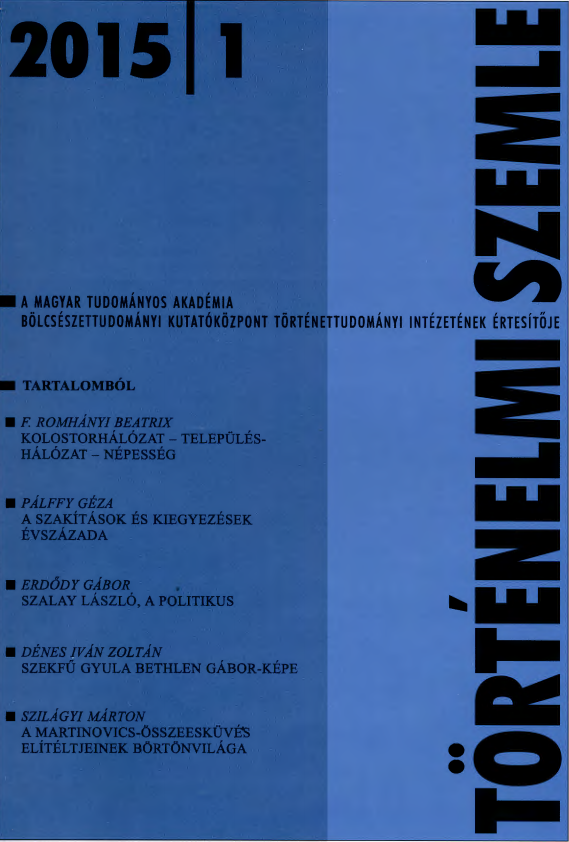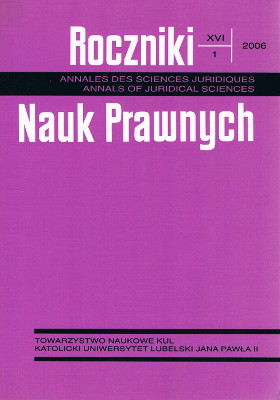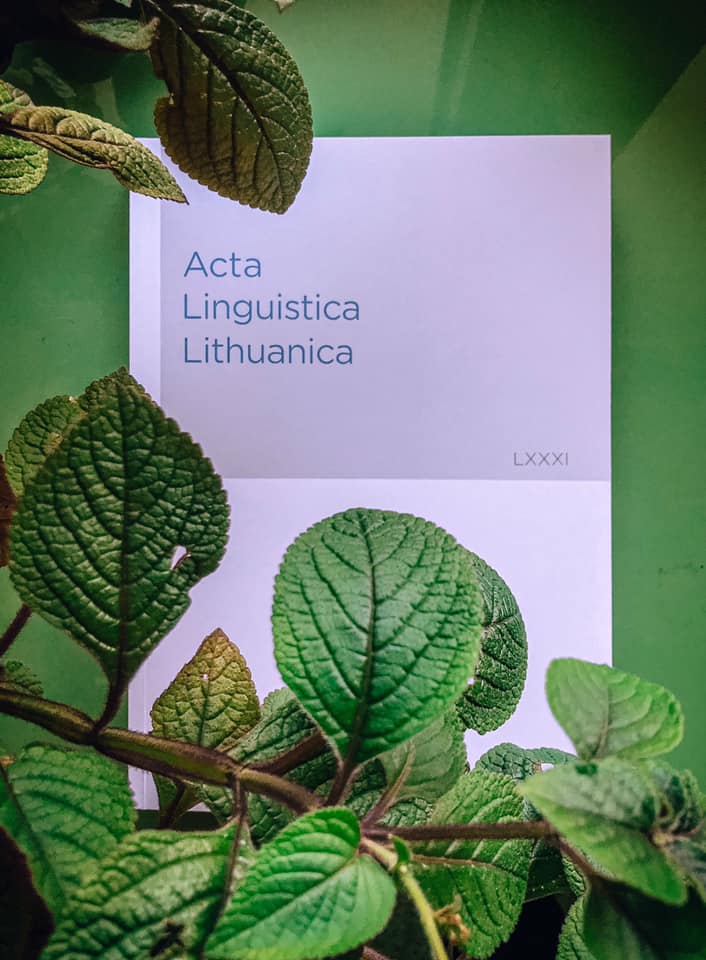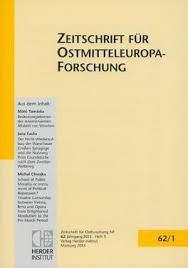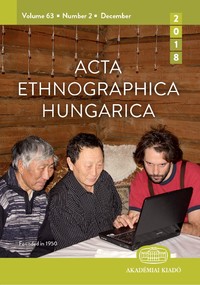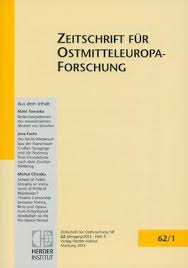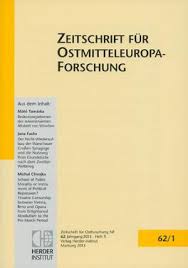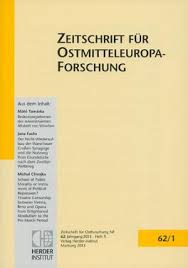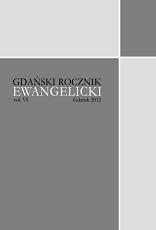
The history of the Polish Evangelical-Lutheran Parish in Gdynia (1931-1939) - Part 1
Dzieje Polskiej Parafii Ewangelicko-Augsburskiej w Gdyni (1931-1939). Część I
Keywords: Poland; Lutheranism; Gdynia; The Evangelical-Augsburg Church; The Polish Evangelica- Augsburg Parish In Gdynia; 1931-1939
In the borders of the present city of Gdynia for years about 1568-1572 to 1945 there was a Lutheran community in the old village of Mały Kack (also known as Redłowo, now part of the district Gdynia-Orłowo), which in the nineteenth and twentieth century served local German population. In 1931, Adolf Martens, the builder, with the help of Rev. Gustav Manitius from Poznan and the organizing committee proceeded to create a Polish parish for the Lutherans and Reformed arrived in the 20's due to the construction of the seaport and the city, a network of around 300 people. This initiative has met with great favour of the city authorities, which provided lots for a new church and cemetery. The first service Polish Lutheran congregation celebrated July 19, 1931, in the hall of the School of Maritime Trade. From 18 October administrator was Rev. Leopold Michelis and soon published project to build a modern church and parish house with a nursery. Stabilization of the parish made it difficult disputes with the pastor and financial concerns that prevented the implementation of plans. Only in 1937 the appointment of a new pastor, which was Rev. Jerzy Kahané, brought the start of vast change for the better (see Part 2).
More...
